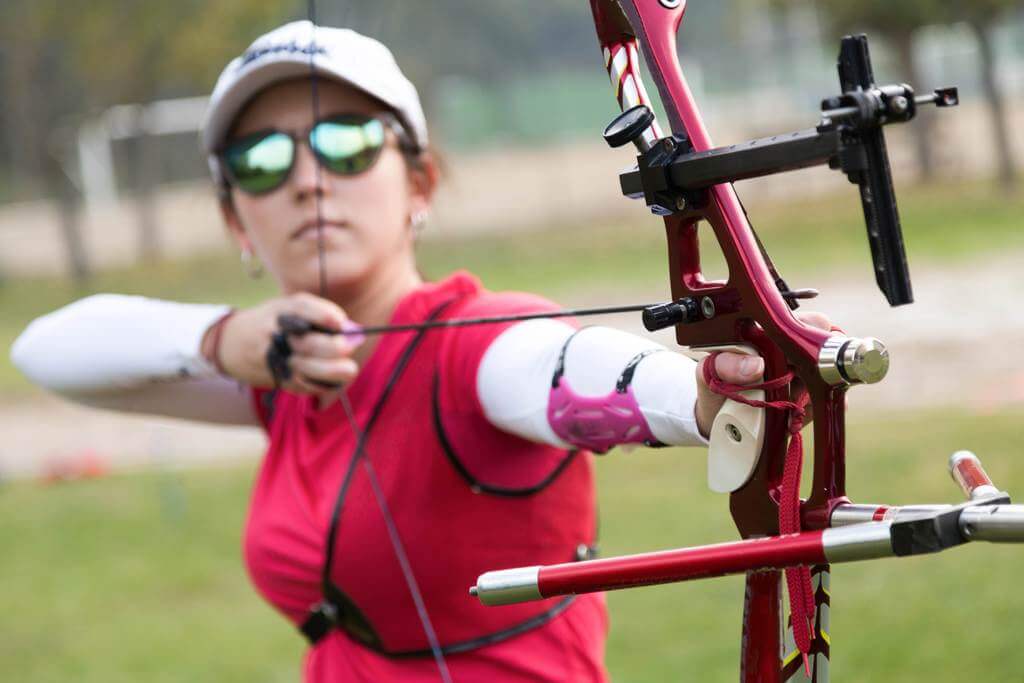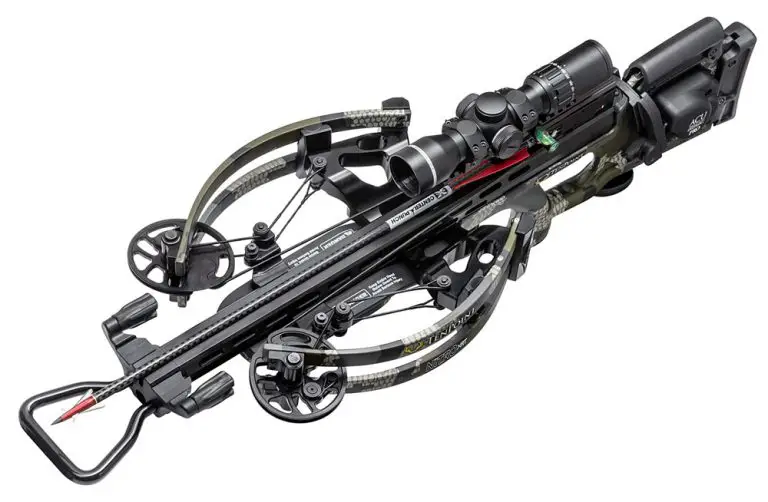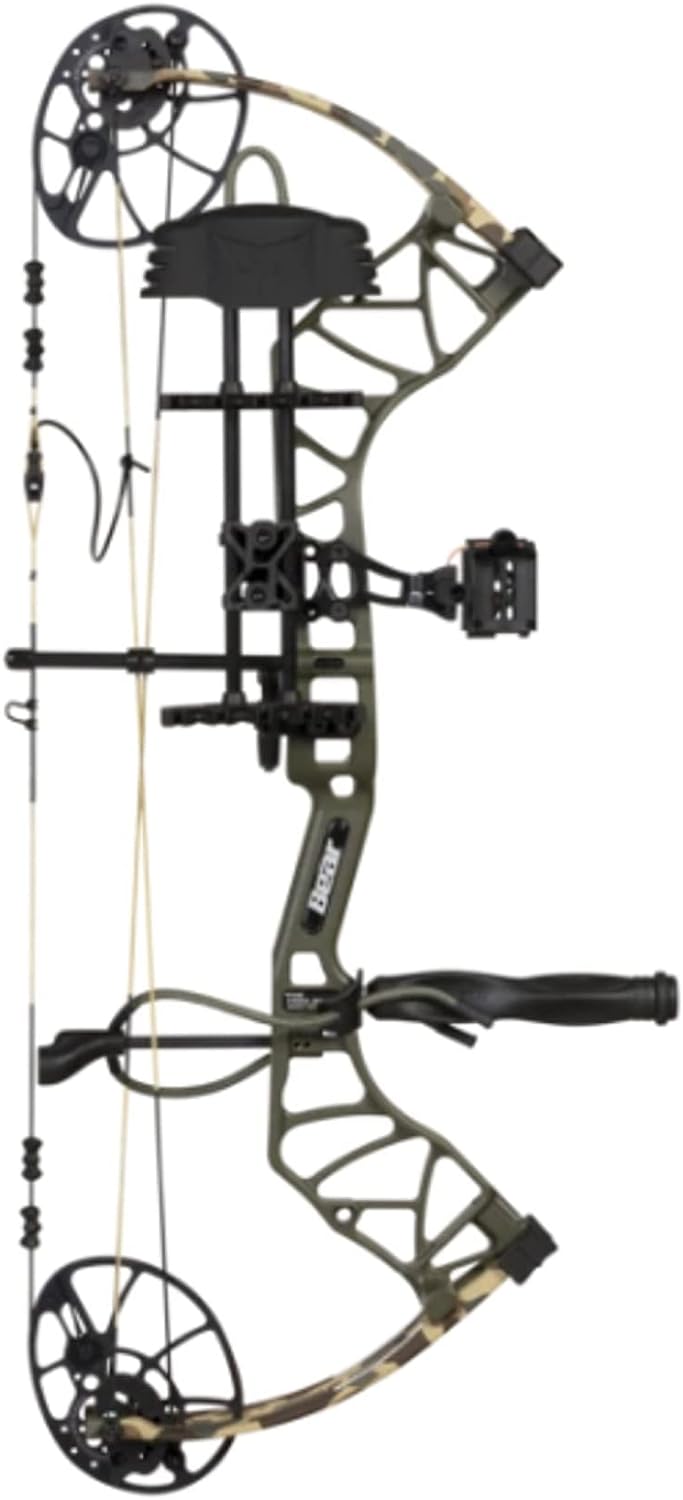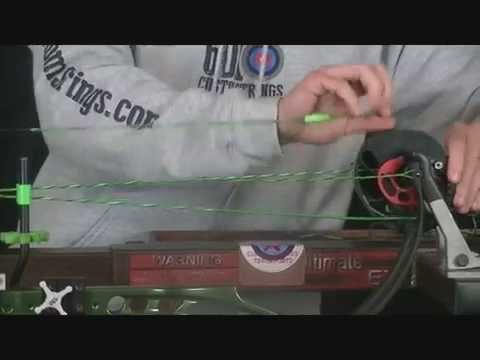Can You Use A Release On A Recurve Bow
Recurve bows are known for their simplicity and elegance, capturing the essence of archery’s ancient roots. But in today’s ever-evolving world of archery, where technology continues to push boundaries, the question arises: can you use a release on a recurve bow? While releases are commonly used with compound bows, the answer for recurve bows isn’t as straightforward. This article will explore the possibilities, advantages, and considerations of using a release with a recurve bow, helping you make an informed decision in your archery journey.
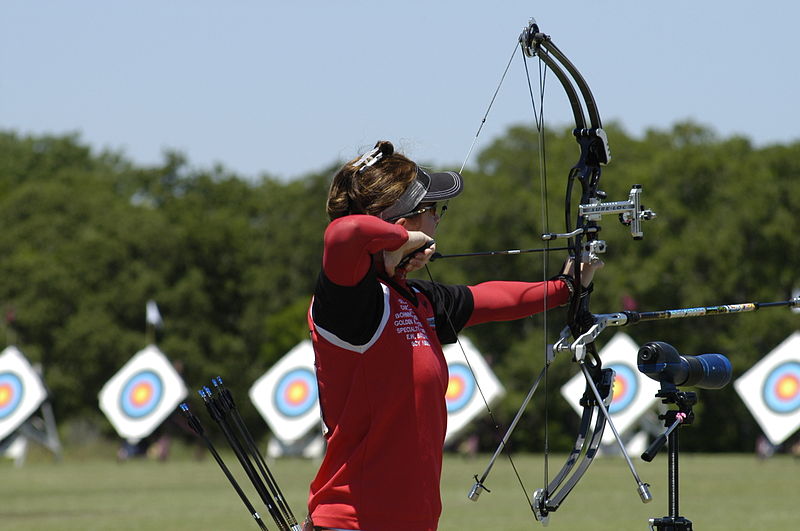
What is a Release?
A release is a mechanical device used in archery to aid in releasing the bowstring when shooting. It is designed to provide a clean and consistent release, enhancing accuracy and precision. Releases can be used with various types of bows, including compound bows and recurve bows. In this article, we will explore the use of a release specifically on a recurve bow.
Definition
A release, also known as a release aid or release mechanism, is a handheld device that attaches to the bowstring. It replaces the traditional method of using the fingers to anchor and release the bowstring. By using a release, the archer can achieve a more controlled and consistent release, resulting in improved shooting performance.
Types of Releases
There are several types of releases available on the market, each offering different features and benefits. Some common types of releases include:
-
T-handle Releases: These releases have a T-shaped handle that the archer uses to activate the release mechanism. They are known for their simplicity and ease of use.
-
Thumb Releases: Thumb releases are designed to be activated using the archer’s thumb. They typically have a rotating mechanism that is engaged by the thumb to release the bowstring.
-
Index Finger Releases: Index finger releases are activated by the archer’s index finger. They often have a trigger-like mechanism that is pulled to release the bowstring.
-
Back Tension Releases: Back tension releases are designed to be activated by tension in the archer’s back muscles. They require a specific technique to use effectively and can provide a surprise release, which can improve accuracy.
Using a Release on a Recurve Bow
Overview
Using a release on a recurve bow can offer several benefits for archers. It can enhance accuracy, consistency, and control when shooting. However, there are also considerations to keep in mind when using a release on a recurve bow.
Benefits
Using a release on a recurve bow can provide several benefits, including:
-
Increased Accuracy: A release can help eliminate variations in finger placement and release technique, leading to improved shot accuracy.
-
Consistency: With a release, the archer can achieve a more consistent release every time, resulting in tighter groupings and improved performance.
-
Reduced Finger Fatigue: The use of a release can alleviate finger fatigue that can occur when repeatedly shooting a recurve bow without a release. This allows for longer practice sessions and increased shooting endurance.
Considerations
While using a release on a recurve bow can have its advantages, there are some considerations to take into account:
-
Traditional Shooting Style: Shooting a recurve bow with fingers is a traditional shooting style that many archers enjoy and find fulfilling. Using a release may take away from the traditional experience for some archers.
-
Equipment Compatibility: Not all releases are compatible with recurve bows. It is important to choose a release that is specifically designed for use with a recurve bow to ensure proper function and safety.
-
Technique Adjustment: Using a release may require some adjustment to shooting technique and anchor points. Archers will need to spend time practicing and getting comfortable with the new shooting style.

Choosing the Right Release for a Recurve Bow
Types of Releases Compatible with Recurve Bows
When choosing a release for a recurve bow, it is essential to select one specifically designed for use with recurve bows. Look for releases that provide a smooth and clean release without excessive noise or vibration.
Factors to Consider
When selecting a release for a recurve bow, consider the following factors:
-
Comfort: Choose a release that feels comfortable in your hand and is easy to grip and hold.
-
Adjustability: Look for releases that offer adjustable settings, such as trigger sensitivity and length, to accommodate individual preferences.
-
Quality and Durability: Invest in a release that is made of high-quality materials and is built to last. Consider reading reviews and seeking recommendations from experienced archers.
Seeking Professional Advice
If you are new to using releases on recurve bows or have any doubts or questions, it is always a good idea to seek advice from a professional archery instructor or experienced archer. They can provide guidance on selecting the right release for your specific needs and offer tips on proper technique and use.
How to Use a Release on a Recurve Bow
Proper Grip and Anchor Point
When using a release on a recurve bow, it is crucial to establish a proper grip and anchor point. Here are the recommended steps:
-
Grip the release firmly but comfortably, ensuring it is securely in your hand.
-
Place the string in the release mechanism, making sure it is properly aligned.
-
Draw the bowstring back to your preferred anchor point, which is the point at which you consistently anchor the string against your face or body.
Drawing and Releasing the Arrow
Once you have established a proper grip and anchor point, follow these steps for drawing and releasing the arrow with a release on a recurve bow:
-
Begin drawing the bowstring by activating the release mechanism. The specific method may vary depending on the type of release you are using (T-handle, thumb, index finger, or back tension).
-
Continue drawing the bowstring until you reach your anchor point. Maintain a steady aim and focus on proper form throughout the process.
-
When you are ready to release the arrow, gently relax your grip on the release mechanism. Allow the release to smoothly and cleanly release the bowstring.
-
Follow through with your shot, maintaining proper form and holding your aim until the arrow reaches its target.
Practicing with a Release
Transitioning from shooting a recurve bow with fingers to using a release may require practice and adjustment. It is essential to spend time practicing with a release to become comfortable and proficient. Start with shorter distances and gradually increase the distance as your shooting skills improve.
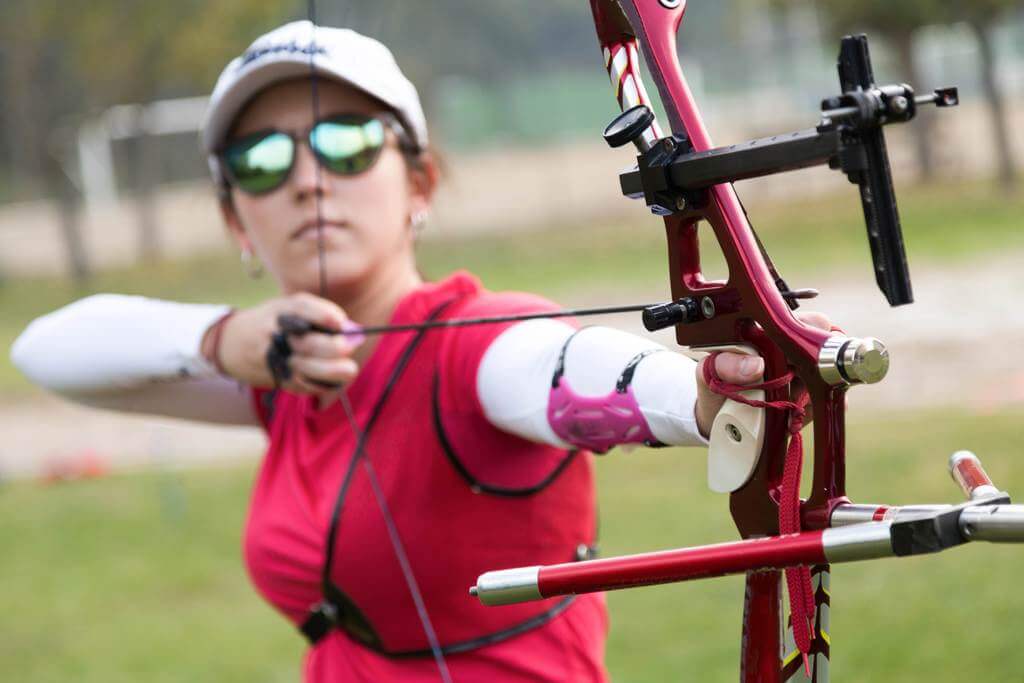
Advantages and Disadvantages of Using a Release on a Recurve Bow
Advantages
-
Increased Accuracy and Precision: Using a release can enhance shot accuracy and precision by eliminating finger-related inconsistencies in the release process.
-
Consistency: With a release, archers can achieve a more consistent release, resulting in tighter groupings and improved overall performance.
-
Reduced Finger Fatigue: The use of a release can minimize finger fatigue, enabling longer practice sessions and increased shooting endurance.
Disadvantages
-
Loss of Traditional Shooting Experience: Using a release may take away from the traditional shooting experience that many archers appreciate when shooting a recurve bow with fingers.
-
Technique Adjustment: Using a release requires some adjustment to shooting technique and anchor points. Archers must invest time and effort in practicing and adapting to the new shooting style.
Maintaining and Caring for a Release
Cleaning and Lubricating
To ensure optimal performance and longevity of your release, regular cleaning and lubrication are essential. Follow these basic maintenance steps:
-
Use a soft cloth to wipe down the release and remove any dirt or debris.
-
Apply a small amount of lubricant to moving parts, such as the release mechanism and any hinges or joints. Be sure to use lubricants specifically designed for archery equipment.
-
Wipe away any excess lubricant and ensure the release is clean and dry before use.
Checking for Wear and Tear
Regularly inspect your release for any signs of wear and tear. Check for loose or damaged parts, fraying strings, or any other issues that may affect its functionality. If you notice any problems, consult a professional archery technician for repairs or replacement.
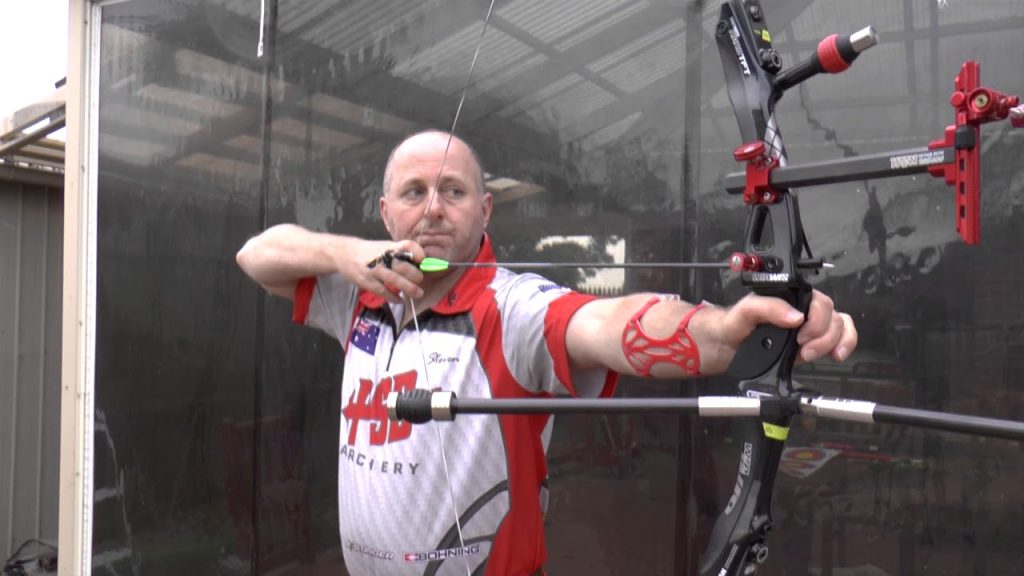
Safety Considerations
Follow Safety Guidelines
When using a release on a recurve bow, it is crucial to prioritize safety. Adhere to the following safety guidelines:
-
Always handle and use your bow and release with care, following the manufacturer’s instructions and safety recommendations.
-
Use proper form and technique to avoid injury to yourself or others. If you are unsure about proper shooting technique, seek guidance from a certified instructor or experienced archer.
Using Proper Arrow Weight
Ensure that you are using arrows that are suitable for your bow’s draw weight and length. Using arrows that are too light or too heavy can impact performance and safety. Consult an archery professional to determine the correct arrow weight for your specific setup.
Awareness of Surroundings
Maintain awareness of your surroundings when shooting with a release. Be aware of other people or objects in your vicinity and ensure you have a clear and safe shooting lane. Always be mindful of what lies beyond your target to prevent accidents or damages.
Transitioning from Finger Shooting to Using a Release
Training and Practice
Transitioning from shooting a recurve bow with fingers to using a release may require some training and practice. Here are some tips for a smooth transition:
-
Start by familiarizing yourself with the specific release you are using. Read the manufacturer’s instructions and practice activating the release mechanism without a bow.
-
Begin practicing with your release on a recurve bow at shorter distances. Focus on proper form, anchor points, and consistent releases. Gradually increase the distance as you become more comfortable and proficient.
-
Seek feedback from a professional archery instructor or experienced archer to identify any areas for improvement and receive guidance on technique and form.
Adjusting to Different Shooting Technique
When transitioning to using a release, be prepared for adjustments in shooting technique and anchor points. It may take some time to adapt to the new shooting style, but with practice and perseverance, you can become proficient.
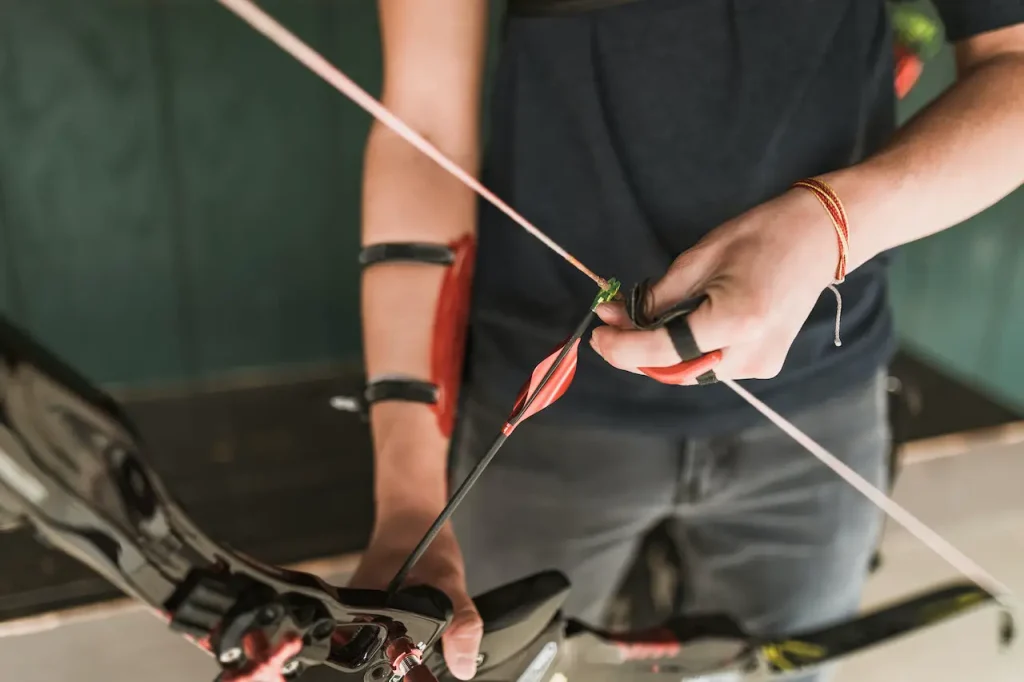
Conclusion
In conclusion, using a release on a recurve bow can provide archers with enhanced accuracy, consistency, and control. It offers various benefits, including increased shot accuracy, reduced finger fatigue, and improved overall performance. However, it is essential to consider equipment compatibility, technique adjustment, and personal preferences when choosing to use a release on a recurve bow. Regular maintenance and adherence to safety guidelines are crucial to ensure optimal performance and safety. With practice and perseverance, transitioning from finger shooting to using a release can result in improved shooting skills and a more enjoyable archery experience.

